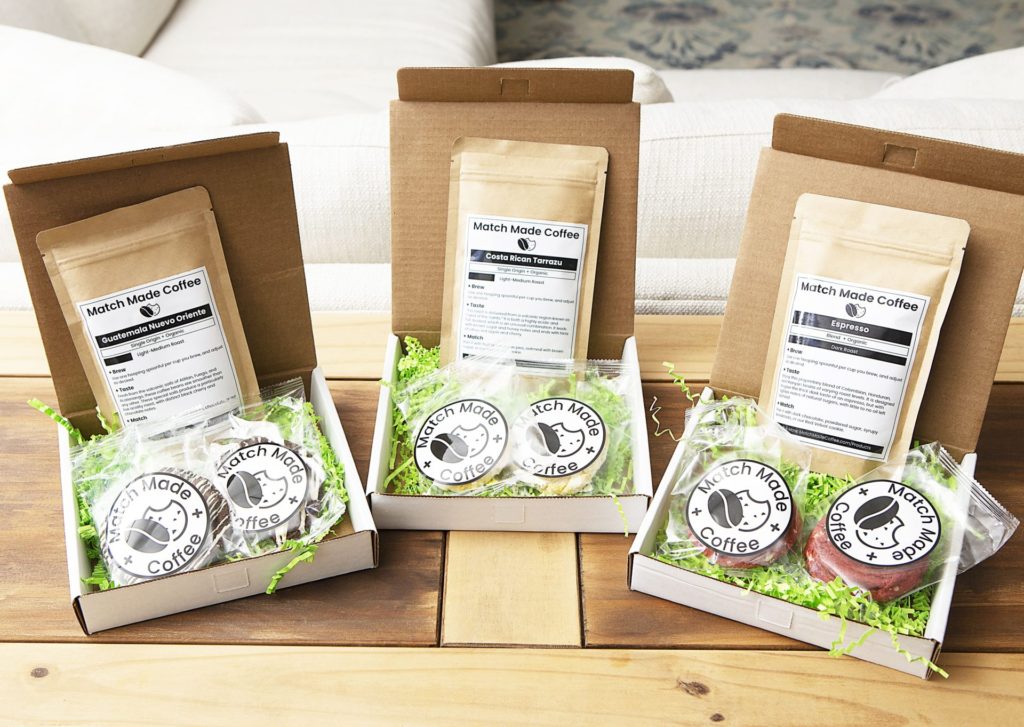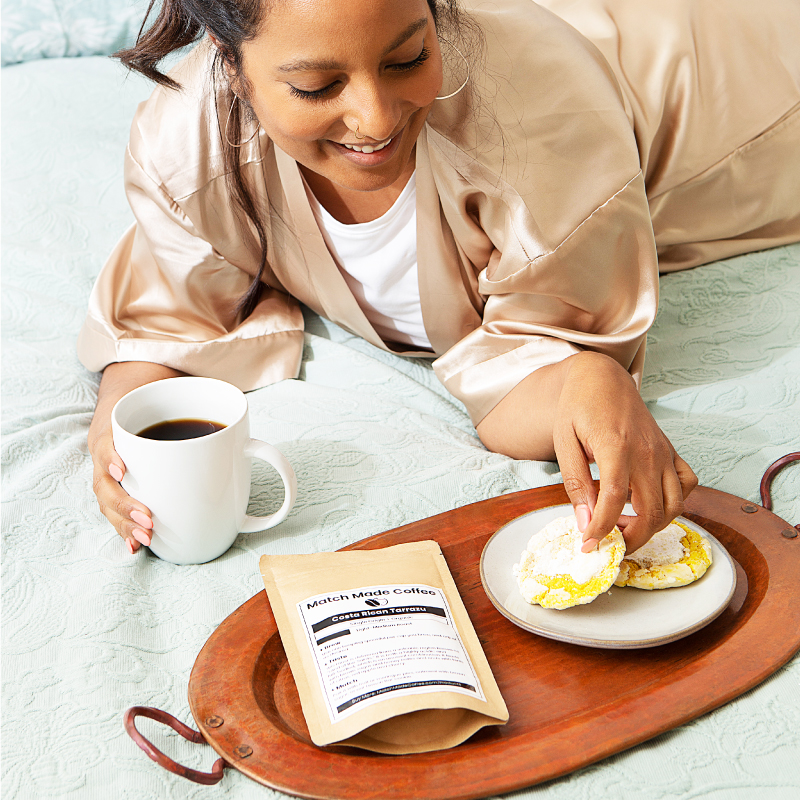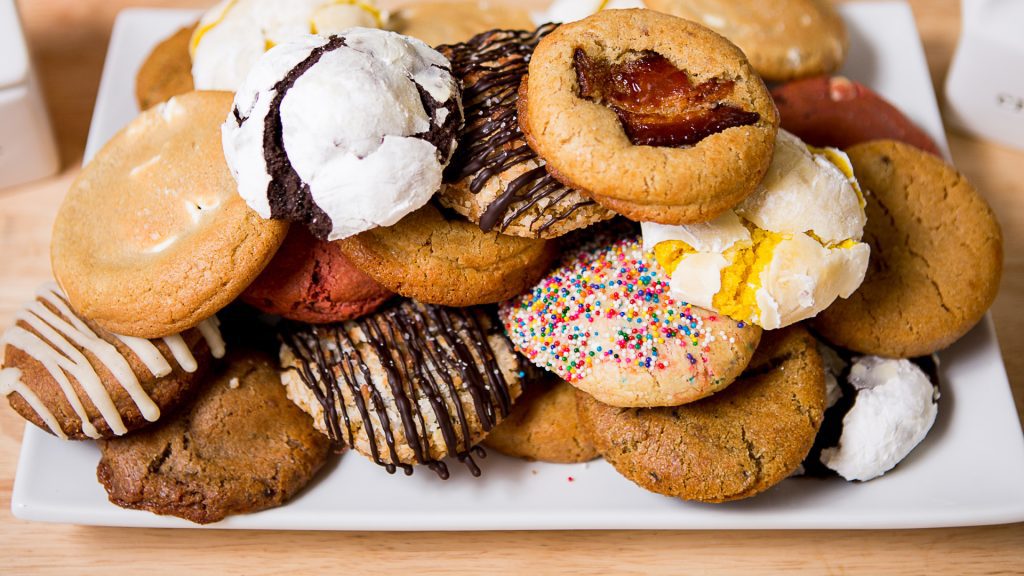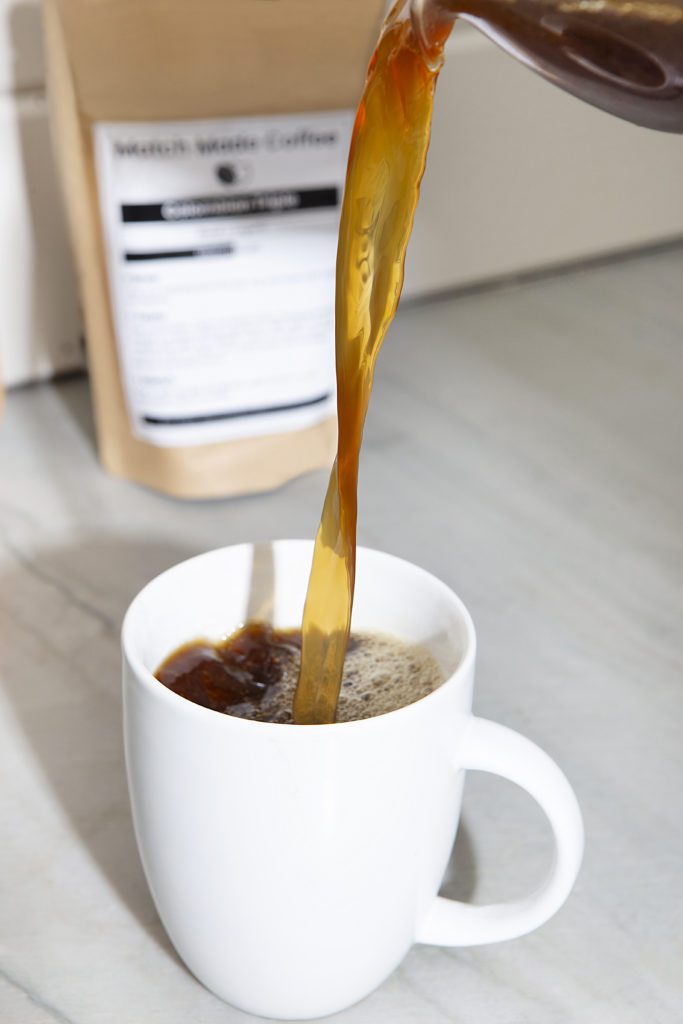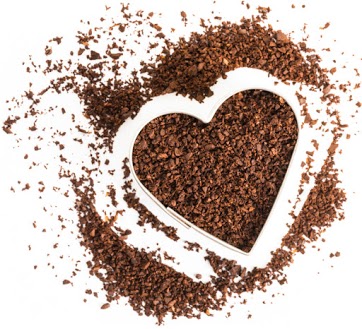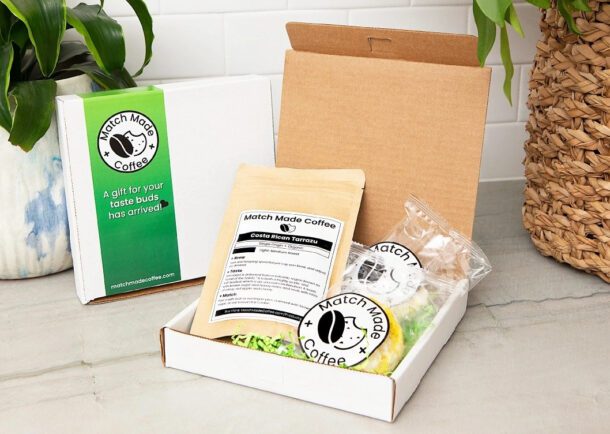It is an interesting marketing ploy that many companies seem to be utilizing these days, blatantly stating that their beans are arabica.
Have you ever wondered what this meant?
Well, of all the different coffees you drink, they are all derived from essentially two types of beans: arabica and robusta.
Each bean comes with its own inherent pros and cons.
For arabica, it is considered by most to be the tastier of the two beans. Strains of arabica beans are higher in acidity and can contain all of those berry flavors, and comes with sweeter and more subdued flavors in general. It comes with more sugar and lipids, which help with giving it a fuller taste (although things like how it’s processed affect that as well).
Arabica coffee tends to not only have richer smells in your cup, but the flowers when being picked are said to have an amazing aroma as well.
However, arabica beans are tougher to grow. Not only do they need to be at specific altitudes, but they are more apt to being destroyed by weather and insects, as we reported as being a big cause for coffee shortages.
In terms of flavor, robusta beans are usually deemed inferior. They come with more earthy, nutty, and burnt flavors (regardless of type of roast). Caffeine is what provides the bitter strong flavors to coffees oftentimes though, and robusta has twice as much as compared to arabica.
Robusta is also easier to grow, has higher yields per plant, and are just more resistant to bugs and other things that can hurt an arabica crop. Robusta also has more antiodixdants per serving as well.
Due to the higher yields, wider ranges of acceptable growing regions, and less favored flavors, robusta is much less expensive.
However, 70% of the world’s coffee production is arabica currently. This may change as Brazil is experiencing issues with their crops, however.
What is interesting is that coffee tends to grow not too far from the equator, but also only at relatively high altitudes. But, not so high that frost would ever form. Frost hurts both arabica and robusta coffee bean strains.
Coffee blends might come with a mixture of the two beans, whether noted or not. This is why you will see some coffee blends state that they are “100% arabica blends” because lots of competitors try to include the less expensive robusta beans in their blends to increase margins.
If you’re having cheap coffee, or instant made coffee, or coffee in places that really do not care about providing high quality taste, chances are you are drinking robusta beans. Although, many espresso places prefer robusta beans for their extra kick and how it gets a little bit better crema.
But, it all comes down to personal taste in the end. At least now, hopefully you will be able to discern your tastes a little bit better.
What do you guys think though? We’ve been all-in with arabica coffee beans for our coffee and cookie subscription service, but should we try robusta sometimes?

